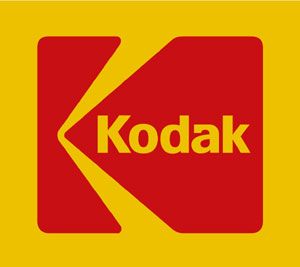What Happens Now with Kodak's Commercial Divisions?


And though most people are focusing on Kodak's consumer photography business, the company is also very active in commercial imaging. So what does bankruptcy mean for the commercial side of Kodak? Jim Hamilton over at InfoTrends, penned an interesting perspective:
Kodak has two main business areas: consumer and commercial. The consumer business sells digital and video cameras, digital frames, inkjet printers, photo kiosks, and on-line print services. The commercial group is mainly businesses associated with graphic communication in production environments. I'll focus on the commercial side of Kodak's business because that's what I know best:
- Printing plates – Printing plates make up about 50% of Kodak's commercial business. This is a large business, but it's not poised for growth. Still, this business could be an attractive purchase for a large chemical company or a group of investors able to manage this asset to its highest profitability. Another possibility would be a company with influence in regions outside of North America and Western Europe. Plate sales in some regions do present much better growth opportunities than in developed markets. China comes to mind.
- Inkjet – Kodak's Dayton operation has the potential to provide the highest future growth and the company has some very impressive technology in this area including its Prosper and Versamark product lines. Two companies would be well advised to consider acquiring this component. One potential buyer is Xerox, which is just beginning to become active in the production inkjet area and could take a huge step forward with the purchase of this part of Kodak's business. I'm sure some will doubt the likelihood of Xerox acquiring a piece of its long-time rival, but it is a good match. Another potential buyer is Konica Minolta, which could benefit not only from Kodak inkjet technology, but also from some of its electrophotographic assets.
Jim has a lot more to say and ponders the fate of other commercial divisions at Kodak including electrophotography, computer to plate, proofing and workflow products. If you're using Kodak commercial imaging products, it's a worthwhile read.